Adfors
Aveeno Clear Complexion Foaming Oil-Free Facial Cleanser with Salicylic Acid Acne Medication for Breakout-Prone Skin & Soy Extracts, Hypoallergenic & Non-Comedogenic, 6 fl. oz, Pack of 3
Aveeno Clear Complexion Foaming Oil-Free Facial Cleanser with Salicylic Acid Acne Medication for Breakout-Prone Skin & Soy Extracts, Hypoallergenic & Non-Comedogenic, 6 fl. oz, Pack of 3
 Heavy Duty
Heavy Duty
 Water Proof
Water Proof
- Versatile
Couldn't load pickup availability
Pack with 3 bottles of 6-fluid ounces each of Aveeno Clear Complexion Oil-Free Foaming Daily Facial Cleanser to help prevent breakouts and improve complexion while cleansing breakout-prone skin
Tone-evening facial cleanser is formulated with salicylic acid acne treatment medication and soy extracts to help clear up breakouts and acne while helping improve skin's tone and texture
Face wash formula is oil-free, soap-free, hypoallergenic, and non-comedogenic. It won't overdry skin and is gentle enough for everyday use and sensitive skin
Leaves skin feeling soft, smooth, and even-looking and complements a routine for acne prone skin. Foaming cleanser is from Aveeno, which has been dermatologist recommended for over 65 years
The Aveeno Clear Complexion collection is designed to clear skin without dulling your natural glow. Each exclusive soy-enriched product, with clinically proven acne medication, clears blemishes and helps reveal your skin's true radiance
Low stock: 10 left
- Fast Free Shipping
- 100% Money Back Guarantee
 Hot Seller
Hot Seller
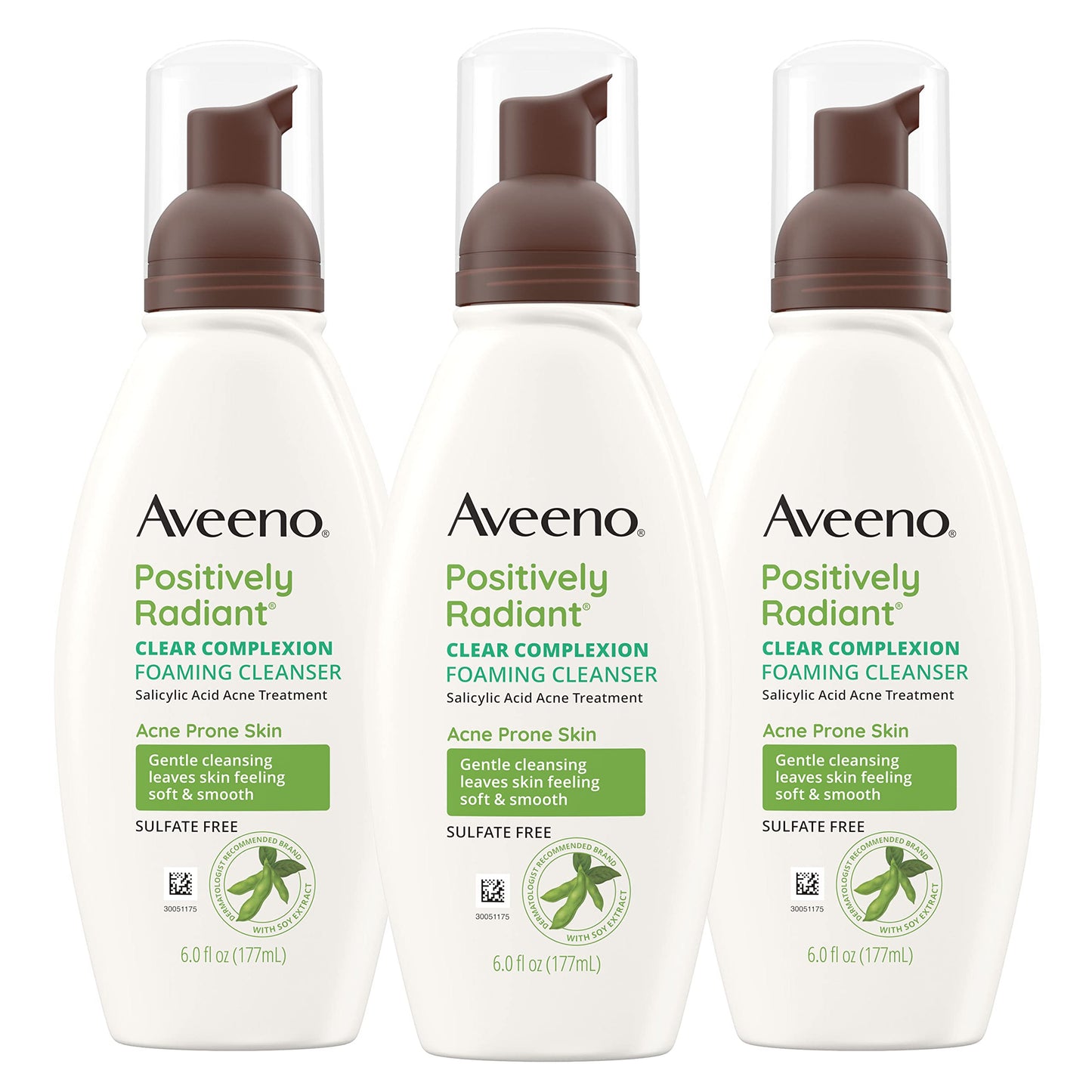
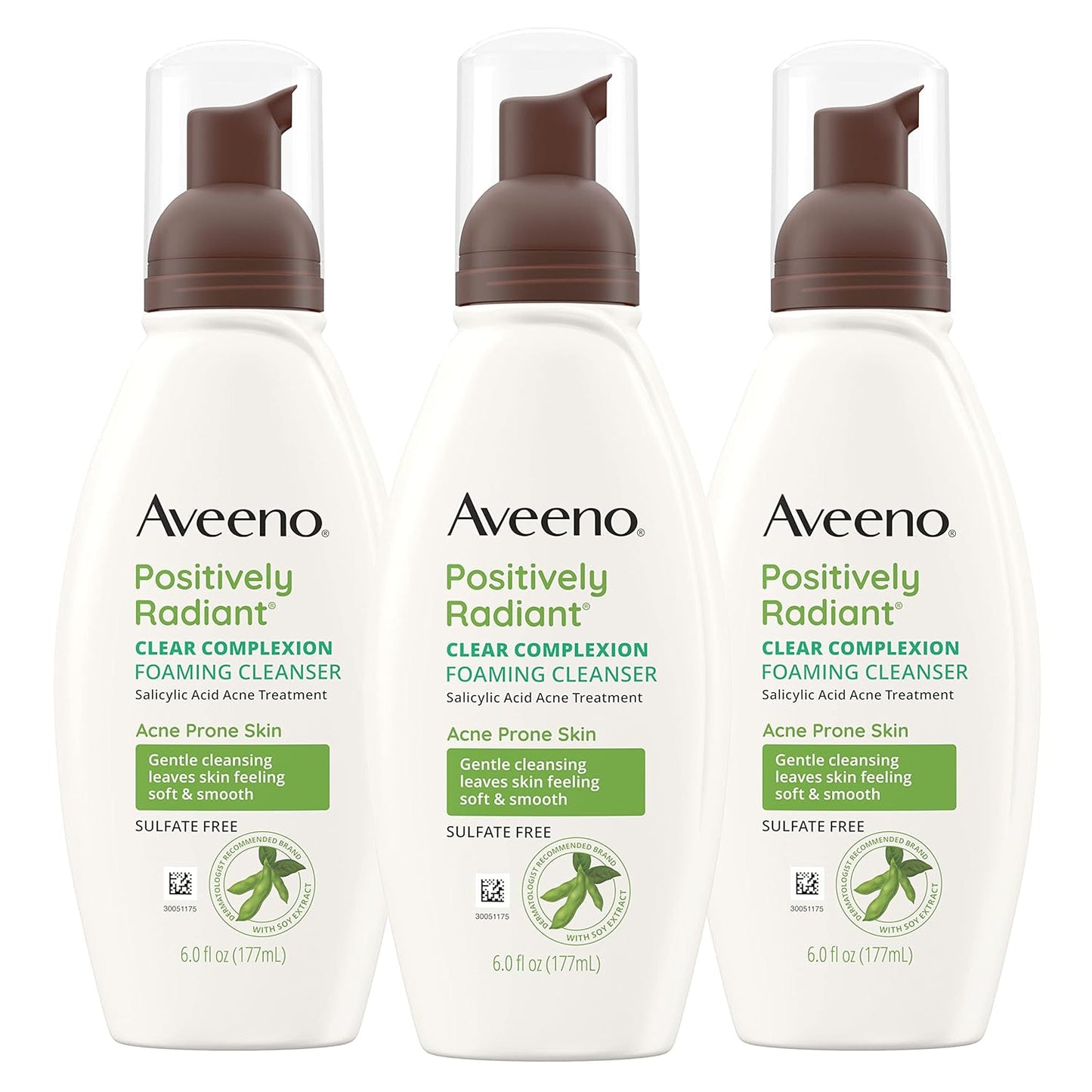
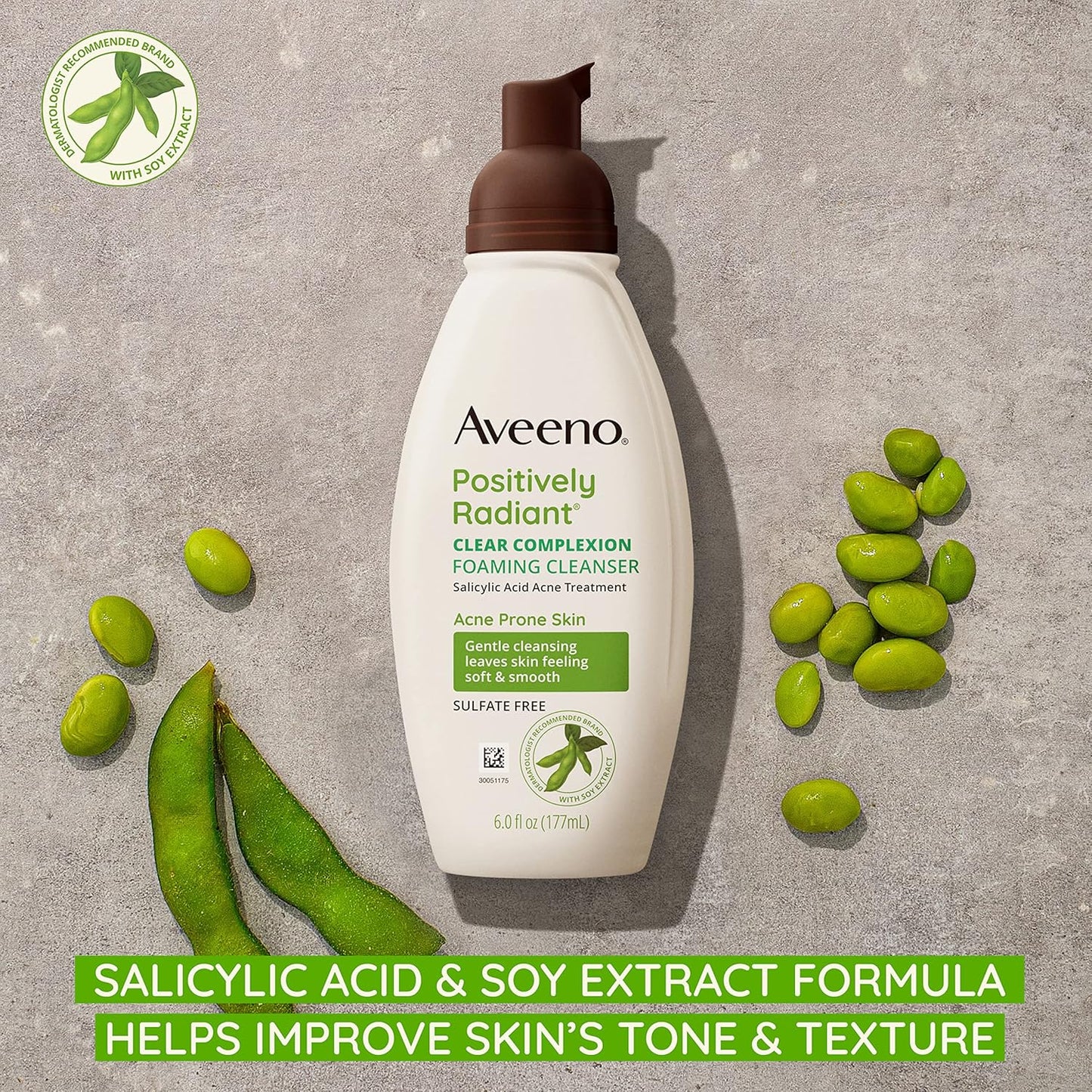

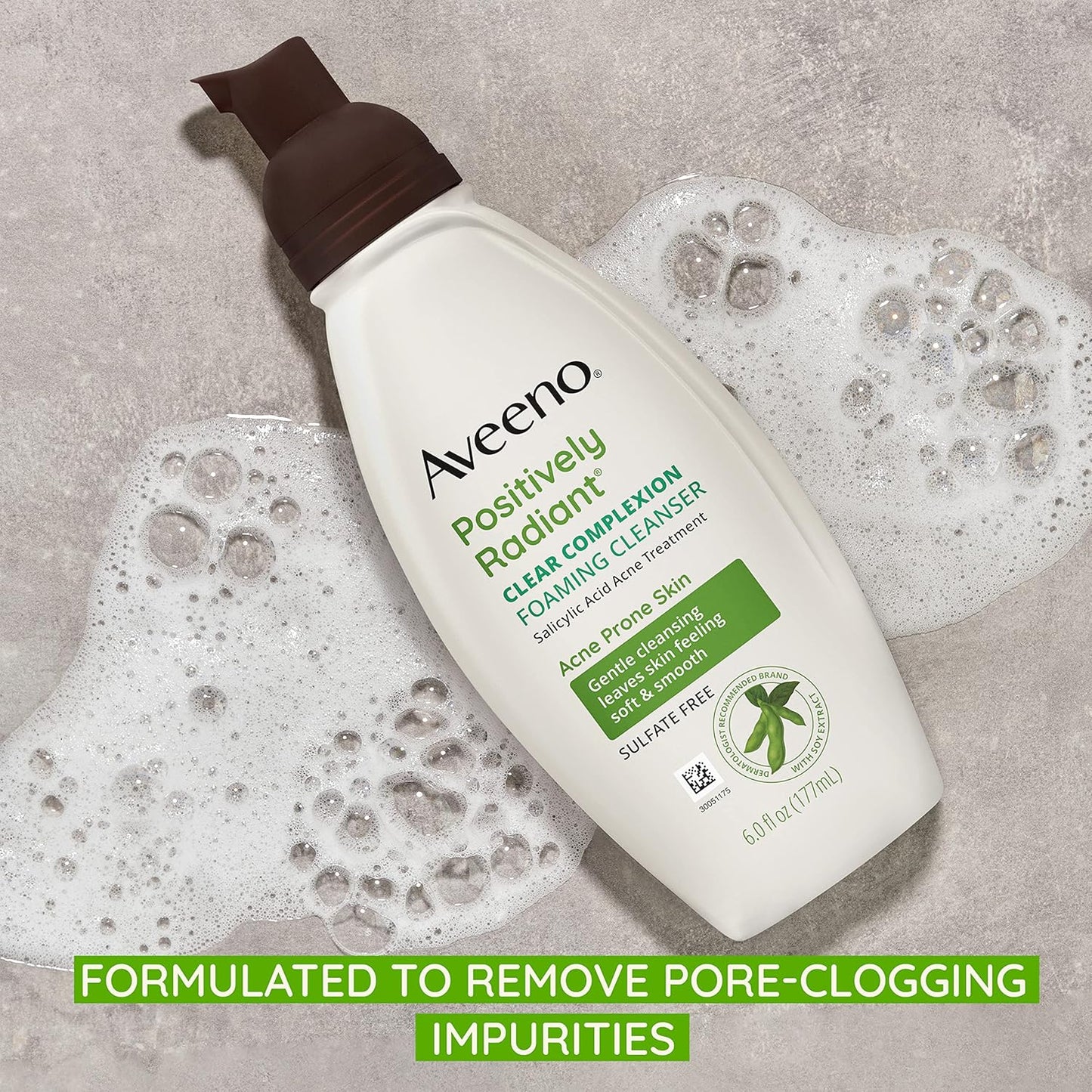


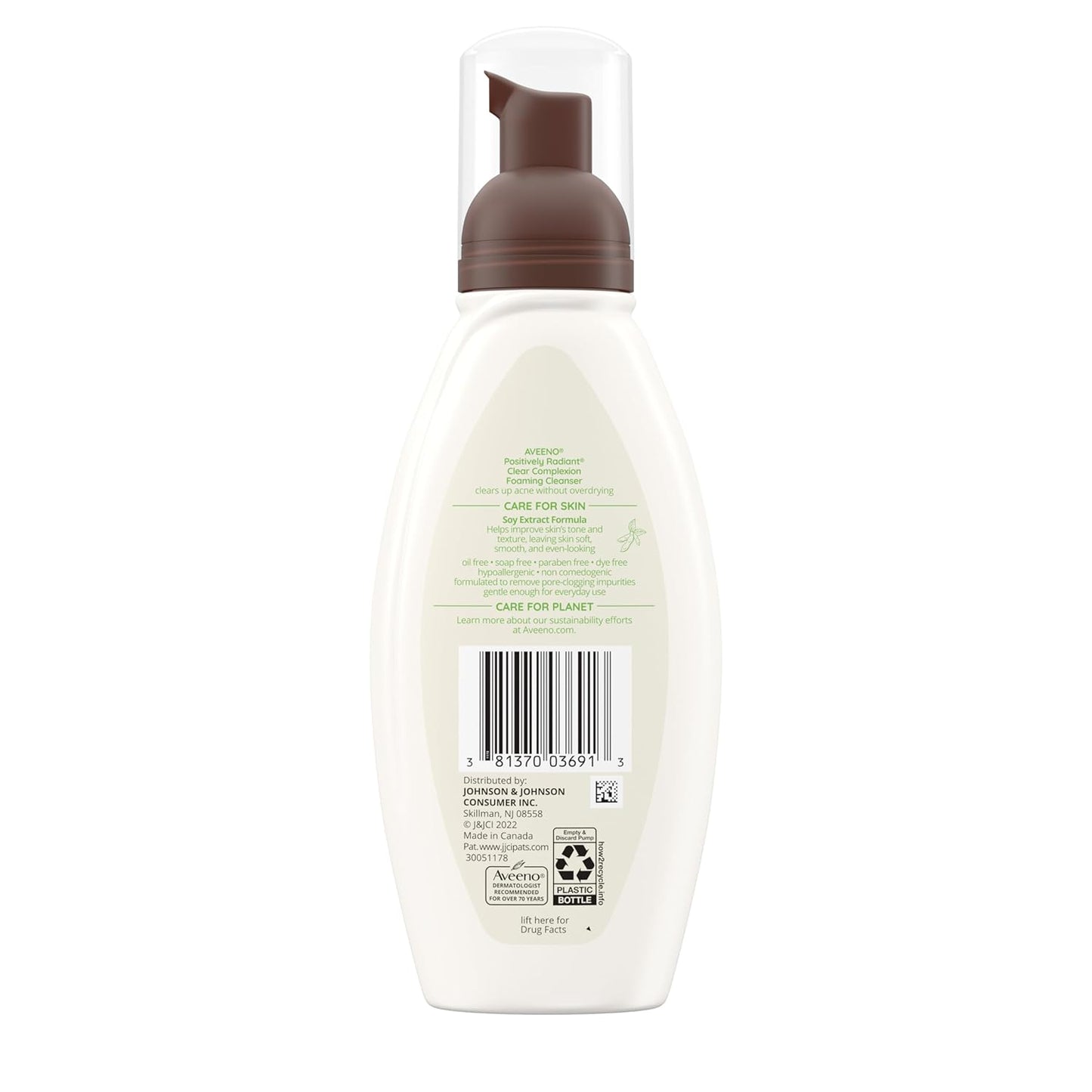
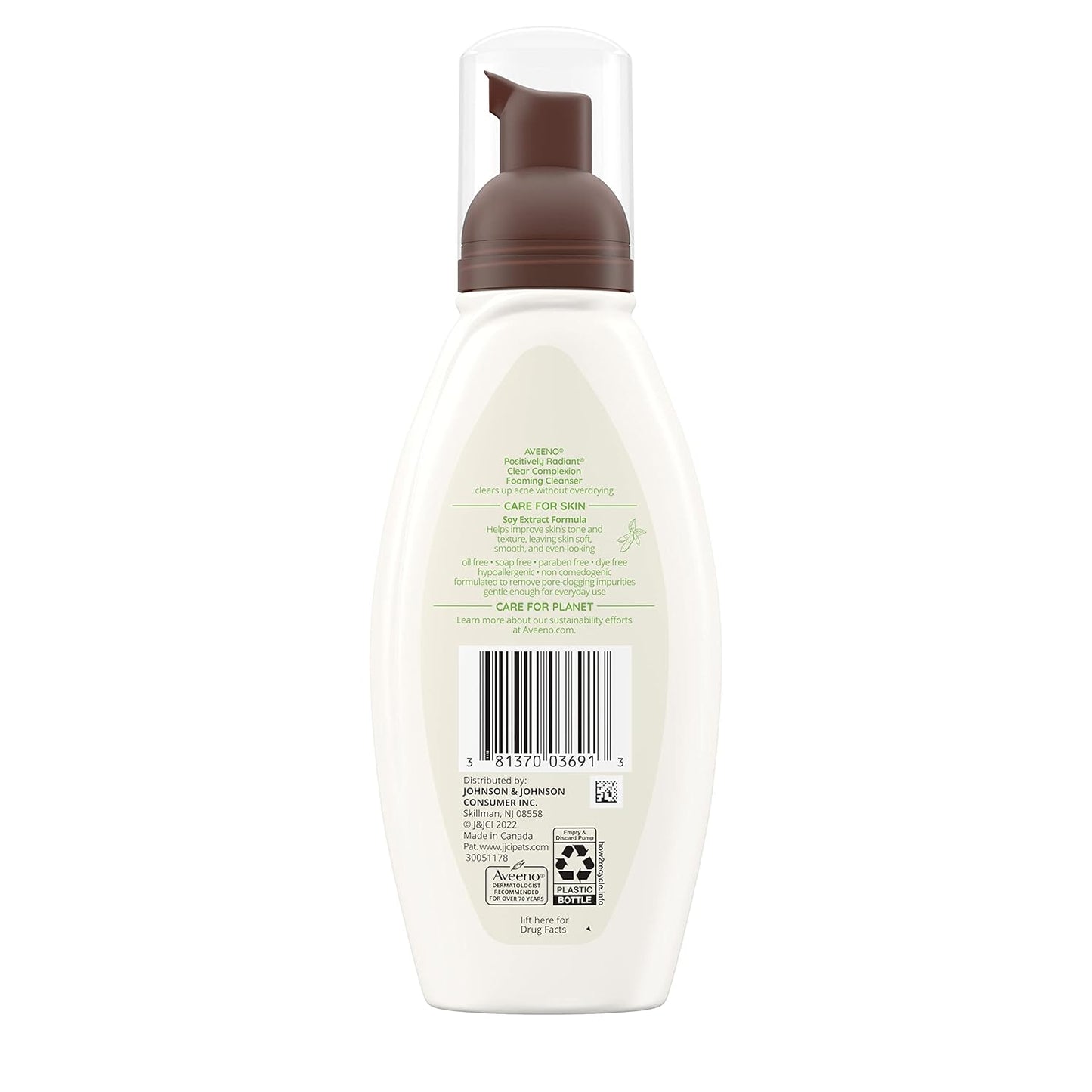
![["B005IHF3O8"]](http://goodstuffoutlet.com/cdn/shop/files/61rx_U5sVRL._SL1500.jpg?v=1730312791&width=1445)
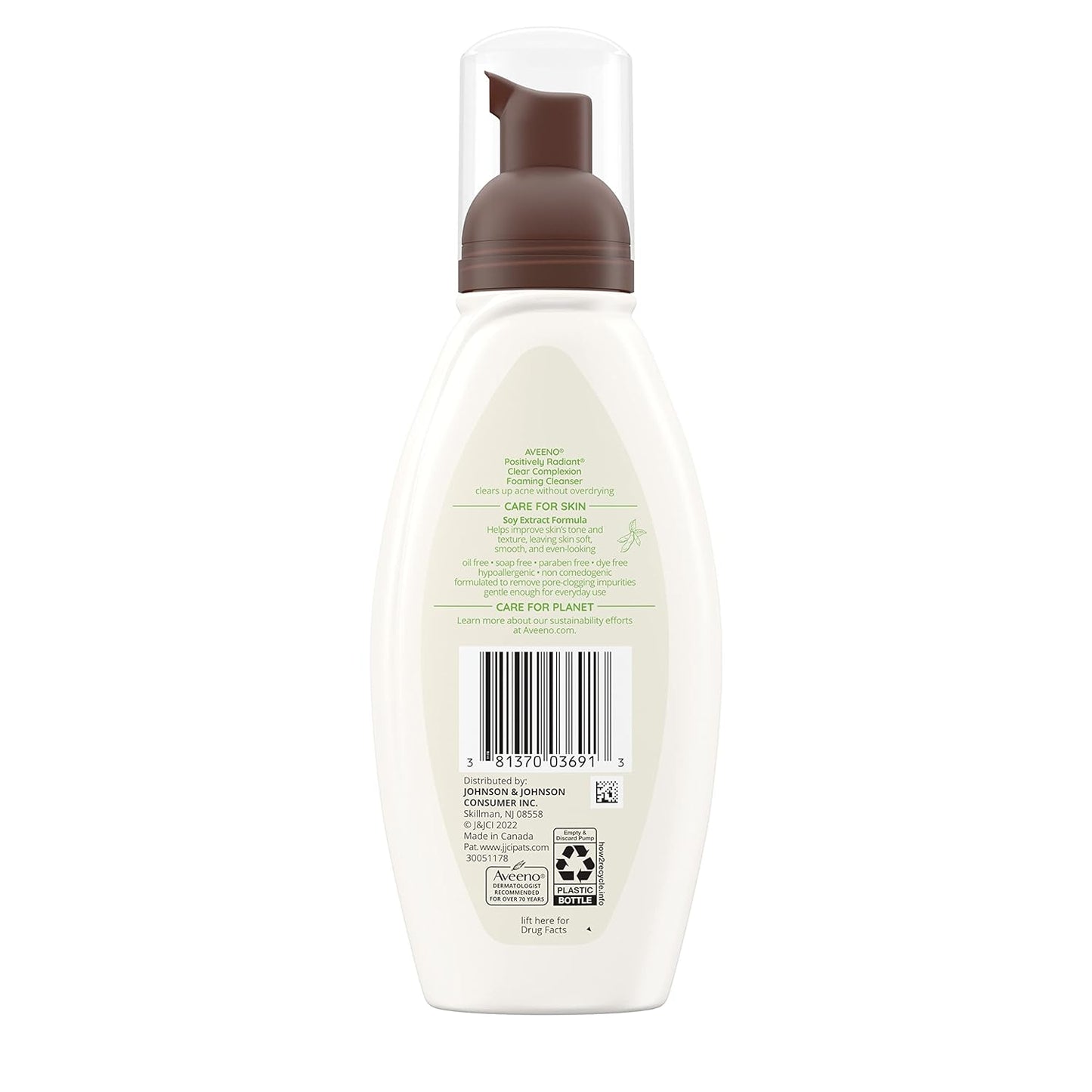
FAQ
Cement Board Tape: Frequently Asked Questions
What is cement board tape?
Cement board tape is a self-adhesive fiberglass mesh tape specifically designed to reinforce joints and seams in cement board installations. It features an alkali-resistant coating that prevents deterioration when used with cement-based mortars in wet areas like showers and bathrooms.
What does cement board tape do?
Cement board tape serves several crucial functions:
Reinforces joints between cement board panels
Prevents cracking in tile installations
Creates a waterproof barrier at seams
Strengthens corners and transitions
Provides a stable base for tile adhesion
How do you apply cement board tape?
To apply cement board tape properly:
Clean all joints and seams
Cut tape to required length
Center the tape over joints
Press firmly to ensure adhesion
Apply thin-set mortar over the tape
Allow mortar to cure completely
How do you tape cement board seams and joints?
To tape cement board seams and joints effectively:
Ensure seams are no wider than 1/8 inch
Remove dust and debris from joints
Apply self-adhesive tape centered over seams
Press firmly along entire length
Cover with thin-set mortar
Smooth mortar with trowel
Can cement board tape be used on drywall?
While cement board tape can technically adhere to drywall, it's not recommended. Use specific drywall tape instead because:
Cement board tape is more expensive than drywall tape
The alkali-resistant coating isn't necessary for drywall
Drywall tape is designed specifically for drywall joint compound
Do you need to tape cement board?
Yes, taping cement board is essential for:
Preventing crack formation in tile installations
Creating waterproof seams in wet areas
Meeting most manufacturers' warranty requirements
Ensuring proper load distribution
Creating a stable surface for tiling
What's the difference between cement board tape and drywall tape?
Key differences include:
Cement board tape has alkali-resistant coating
Cement board tape is stronger and more durable
Cement board tape works with thin-set mortar
Cement board tape is waterproof
Cement board tape has higher tensile strength
How do you tape cement board in a shower?
For shower installations:
Clean all seams thoroughly
Apply waterproof tape to all joints
Reinforce corners with additional tape
Use alkali-resistant mesh tape
Cover with modified thin-set mortar
Allow complete curing before tiling
What do you use with cement board tape?
Use these materials with cement board tape:
Modified thin-set mortar
Cement-based mortars
Waterproofing membranes
Cement board screws
Tile setting materials
How do you tape cement board corners?
For proper corner taping:
Cut tape to extend 2 inches beyond each corner edge
Center tape on the corner
Press one side firmly into place
Fold and press the other side
Apply thin-set mortar over both sides
Use corner trowel for smooth finish
What type of mortar should I use with cement board tape?
For cement board tape applications:
Use modified thin-set mortar
Ensure mortar is latex or polymer-modified
Avoid regular joint compound
Don't use premixed adhesives
Choose mortar rated for wet areas
When do you apply cement board tape in the installation process?
The proper sequence for cement board tape application is:
Install cement board with proper fasteners
Clean all joints and seams
Apply tape to all seams
Cover with thin-set mortar
Allow 24 hours for curing
Proceed with waterproofing or tiling
Why tape cement board seams?
Taping cement board seams is crucial because it:
Prevents crack formation in tile installations
Creates waterproof joints
Strengthens the overall installation
Meets manufacturer warranty requirements
Provides continuous surface for tiling
Where can I buy cement board tape?
Find quality cement board tape at:
Home Depot - Full selection of sizes
Lowe's - Carries major brands
Menards - Competitive pricing
Local tile supply stores
Professional building suppliers
How do I tape cement board to drywall transitions?
For proper cement board to drywall transitions:
Leave 1/8 inch gap between materials
Apply cement board tape over joint
Cover with thin-set mortar on cement board side
Use joint compound on drywall side
Allow both sides to cure completely
Sand drywall side if needed
What's the difference between cement board tape and mud versus tape and thin-set?
Key differences include:
Thin-set provides stronger adhesion
Mud is not suitable for wet areas
Thin-set is more water-resistant
Mud is easier to sand and finish
Thin-set is recommended for all tile installations
What makes FibaTape different from other cement board tapes?
FibaTape advantages include:
Self-adhesive backing for easier installation
Enhanced alkali-resistant coating
Professional-grade mesh strength
Optimal 4-inch width coverage
Superior moisture resistance
Additional Product Information & Buying Guide
What retailers carry cement board tape?
Find cement board tape at these major retailers:
Home Depot - Carries FibaTape and other major brands
Lowe's - Full selection of sizes and brands
Menards - Competitive pricing on bulk purchases
B&Q - Available in UK stores
Screwfix - Professional trade supplier
Each retailer offers different advantages:
Home Depot: Professional contractor discounts
Lowe's: Regular sales on construction supplies
Menards: Bulk purchase options
B&Q: DIY workshop support
Screwfix: Trade counter service
How does FibaTape compare to other brands like QEP?
When comparing cement board tape brands, each offers distinct features:
FibaTape Advantages:
Professional-grade self-adhesive backing for faster installation
Superior alkali-resistant coating for extended durability
Extra-strong fiberglass mesh construction
4-inch width provides optimal coverage
Backed by manufacturer warranty
QEP Features:
Standard mesh construction
Basic alkali resistance properties
Budget-friendly pricing
Readily available at most retailers
Suitable for basic installations
Key Differences:
FibaTape offers stronger adhesion technology
QEP provides more economical pricing
FibaTape features enhanced moisture resistance
QEP works well for standard applications
FibaTape preferred by professional contractors
What type of adhesive works with cement board tape?
Compatible adhesives include:
Modified thin-set mortar (recommended)
Latex-modified mortar
Polymer-modified thin-set
Cement-based adhesives
Avoid using:
Mastic adhesives
Premixed thin-set
Standard joint compound
Non-modified mortars
Can cement board tape be used on drywall or sheetrock?
While cement board tape can adhere to drywall and sheetrock, it's not the optimal choice because:
Cost: More expensive than standard drywall tape
Properties: Alkali-resistance isn't needed for drywall
Application: Harder to achieve smooth finish with joint compound
Performance: No advantage over paper tape for drywall
For drywall/sheetrock applications, use:
Paper drywall tape
Standard mesh drywall tape
Self-adhesive drywall tape
Which thinset and mortar products work best with cement board tape?
For optimal results with cement board tape, use these materials:
Recommended Thinset Types:
Modified thinset mortar (ANSI A118.4 or better)
Latex-modified thinset
Polymer-modified thinset
Rapid-setting modified thinset
Compatible Mortars:
Portland cement mortar with latex additive
Polymer-enriched mortar
High-performance cement mortar
Water-resistant mortar compounds
What is the best cement board tape for my project?
Choose the best cement board tape based on your specific needs:
For Shower Installations:
Alkali-resistant fiberglass mesh tape
Minimum 4-inch width coverage
Self-adhesive backing
For General Bathroom Areas:
Standard fiber cement board tape
2-inch to 4-inch width options
Basic water-resistant properties
For Professional Installations:
Professional-grade mesh strength
Enhanced alkali resistance
Superior adhesive properties
How long should you wait after taping cement board?
Follow these curing times after taping cement board:
24 hours minimum before tiling
48 hours in high-humidity environments
12-24 hours between mortar coats
72 hours before exposing to water
Factors affecting curing time:
Room temperature
Humidity levels
Ventilation
Mortar thickness
What are the best fasteners and fixings for cement board?
For secure cement board installation, use:
Cement board screws (corrosion-resistant)
Hot-dipped galvanized nails
Alkali-resistant fasteners
Special-coated deck screws
Fastening specifications:
Screw length: 1-1/4 inch minimum
Spacing: Every 6-8 inches
Edge distance: 3/8 inch minimum
Counter-sink depth: Flush with surface
Can I use drywall mesh tape on cement board?
Standard drywall mesh tape is not recommended for cement board because:
Lacks necessary alkali resistance
Not designed for wet environments
Insufficient strength for cement applications
May deteriorate when exposed to moisture
Always use:
Alkali-resistant cement board tape
Fiberglass mesh tape rated for cement board
Tape specifically designed for wet areas
What is the best sealant for cement board?
Recommended sealants for cement board:
Liquid waterproofing membranes
Roll-on waterproof coatings
Brush-on waterproofing sealers
Sheet membrane systems
Application steps:
Clean surface thoroughly
Tape all seams first
Apply first coat of sealant
Allow proper drying time
Apply second coat if required
Does Gorilla Tape work on cement board?
Gorilla Tape is not recommended for cement board applications because:
Not designed for alkaline environments
Lacks proper moisture resistance
Not rated for construction use
Will deteriorate under mortar and tile
Instead, always use:
Proper alkali-resistant cement board tape
Fiberglass mesh tape designed for cement board
Construction-grade waterproof tapes
How do you seal cement board seams?
Follow these steps to properly seal cement board seams:
Clean seams thoroughly
Apply alkali-resistant mesh tape
Cover with modified thin-set mortar
Allow 24 hours drying time
Apply waterproof membrane if required
Important considerations:
Ensure seams are no wider than 1/8 inch
Use proper alkali-resistant materials
Apply even pressure when embedding tape
Maintain consistent mortar thickness
Is taping cement board necessary?
Yes, taping cement board is absolutely necessary because:
Prevents crack formation in tile installations
Required by most manufacturers' warranties
Creates waterproof seams in wet areas
Provides structural integrity
Essential for proper load distribution
Skipping this step can lead to:
Tile cracking along seams
Water damage behind walls
Void warranty coverage
Failed inspections
Do you really need to waterproof cement board?
Waterproofing cement board is essential in these situations:
Shower walls and floors
Tub surrounds
Steam rooms
Exterior applications
While cement board is water-resistant, it's not waterproof. Proper waterproofing:
Prevents mold growth
Protects underlying structure
Extends installation life
Meets building codes for wet areas
Should I leave a gap between cement boards?
Yes, proper spacing between cement boards is crucial:
Leave 1/8 inch gap between boards
1/4 inch gap from floor and ceiling
1/8 inch gap at inside corners
1/4 inch gap at tub flanges
These gaps allow for:
Proper expansion and contraction
Effective taping application
Better mortar penetration
Prevention of cracking
What kind of thinset do you use to tape cement board?
For taping cement board, use these thinset types:
Modified thinset mortar (ANSI A118.4 rated)
Latex-modified thinset
Polymer-modified thinset
Cement-based mortar with acrylic additive
Do not use:
Unmodified thinset
Mastic adhesive
Premixed adhesive
Regular mortar
Why use cement board instead of drywall?
Cement board offers significant advantages over drywall:
Water resistance prevents mold growth
Superior tile backing support
Doesn't deteriorate in wet environments
Greater impact resistance
Better long-term durability
Essential for:
Bathroom installations
Shower enclosures
Kitchen backsplashes
High-moisture areas
How to fill a gap between cement board and drywall?
To properly fill gaps between cement board and drywall:
Clean both surfaces thoroughly
Apply alkali-resistant mesh tape over joint
Use modified thinset on cement board side
Apply joint compound on drywall side
Feather edges for smooth transition
Important considerations:
Maximum gap should be 1/8 inch
Use appropriate materials for each surface
Allow proper drying time between coats
Sand drywall side if needed
Is cement board tape the same as drywall tape?
No, cement board tape and drywall tape are different products with distinct properties:
Cement Board Tape:
Alkali-resistant fiberglass mesh
Designed for moisture exposure
Higher tensile strength
Compatible with modified thinset
Typically self-adhesive
Drywall Tape:
Paper or basic fiberglass mesh
Designed for dry environments
Lower tensile strength
Works with joint compound
May require compound for adhesion
Can cement board be attached to drywall?
While cement board can technically be attached to drywall, it's not recommended because:
Reduces overall wall stability
Creates potential moisture trap
May void manufacturer warranties
Compromises proper fastener attachment
Instead, proper installation requires:
Remove existing drywall
Attach cement board directly to studs
Use proper cement board screws
Install moisture barrier when required
How to attach cement board to plywood?
Follow these steps to properly attach cement board to plywood:
Ensure plywood is minimum 5/8 inch thick and properly secured
Apply modified thinset mortar with 1/4 inch notched trowel
Lay cement board perpendicular to plywood joints
Secure with cement board screws every 6-8 inches
Keep screws 3/8 inch from edges
Important considerations:
Use proper subfloor preparation
Maintain 1/8 inch gap between boards
Only use in dry areas
Check local building codes
How to waterproof cement board for shower?
Follow this step-by-step process to waterproof cement board in shower installations:
Clean surface thoroughly
Tape all seams with alkali-resistant mesh tape
Apply modified thinset over tape
Allow 24 hours drying time
Apply liquid waterproofing membrane
Reinforce corners and penetrations
Apply second coat of membrane
Test for water tightness
Required materials:
Liquid waterproofing membrane
Alkali-resistant mesh tape
Modified thinset mortar
Corner reinforcement bands
Membrane brushes or rollers
Can you use all-purpose joint compound on cement board?
No, all-purpose joint compound should not be used on cement board because:
Not resistant to moisture
Will break down in wet environments
Lacks necessary strength for cement applications
Not compatible with tile installations
Instead, use:
Modified thinset mortar
Latex-modified thinset
Cement-based compounds
Products specifically rated for cement board
How to finish cement board for painting?
To prepare cement board for painting, follow these steps:
Tape all seams with alkali-resistant mesh tape
Apply modified thinset to seams and screw holes
Allow 24 hours drying time
Sand surface lightly if needed
Apply cement board primer
Use exterior grade paint
Important considerations:
Only paint cement board in dry areas
Use masonry-rated primers
Choose appropriate paint finish
Apply multiple thin coats
Allow proper drying time between coats
Can you use Flex Seal on cement board?
No, Flex Seal is not recommended for cement board because:
Not rated for tile installations
Lacks necessary alkali resistance
May compromise tile adhesion
Not approved by cement board manufacturers
Instead, use these approved products:
Liquid waterproofing membranes
Modified thinset mortar
Cement board-specific sealants
Manufacturer-approved waterproofing systems
What do you use to patch cement board?
For proper cement board patching:
Small Holes (under 2 inches):
Clean hole edges thoroughly
Fill with modified thinset mortar
Cover with alkali-resistant mesh tape
Apply second layer of thinset
Large Holes (over 2 inches):
Cut damaged area to rectangular shape
Install backing support if needed
Insert cement board patch piece
Tape all seams with mesh tape
Cover with modified thinset
How to waterproof Durock seams?
Follow these steps to waterproof Durock seams:
Clean seams thoroughly removing dust and debris
Apply alkali-resistant mesh tape over all seams
Embed tape with modified thinset mortar
Allow 24 hours drying time
Apply liquid waterproofing membrane
Cover minimum 2 inches beyond seams
Apply second coat after initial cure
Critical areas requiring extra attention:
Inside corners
Outside corners
Floor-wall transitions
Plumbing penetrations
What is the best adhesive for cement board installation?
Recommended adhesives for cement board:
For Wall Installation:
Modified thinset mortar (ANSI A118.4 or better)
Latex-modified mortar
Polymer-modified thinset
Cement-based adhesives
For Floor Installation:
Modified thinset mortar
Medium-bed mortar for leveling
Latex-Portland cement mortar
Never Use:
Mastic adhesives
Premixed adhesives
Construction adhesives
All-purpose adhesives
How do you fill gaps between cement boards properly?
Follow this process for filling cement board gaps:
Ensure gaps don't exceed 1/8 inch
Clean gaps thoroughly
Apply alkali-resistant mesh tape
Mix modified thinset to proper consistency
Fill gaps completely with thinset
Embed mesh tape fully
Smooth surface level with boards
For Different Gap Sizes:
1/8 inch or less: Standard taping procedure
1/8 to 1/4 inch: Pre-fill with thinset before taping
Over 1/4 inch: Cut new board to reduce gap size
What's the difference between fiber cement board and cement board?
Key differences between these materials include:
Composition: Fiber cement contains wood fibers, cement board doesn't
Applications: Fiber cement for siding, cement board for tile backing
Water resistance: Both water-resistant, but different applications
Installation methods: Different fastening requirements
Cost: Fiber cement typically more expensive
How much cement board tape do I need for my project?
Calculate cement board tape needs:
Measure all seams between boards
Add 10% for waste and corners
Include vertical and horizontal joints
Account for changes in plane
Consider extra for repairs
Typical coverage needs:
Standard shower: 30-40 feet
Bathtub surround: 25-35 feet
Average bathroom: 50-75 feet
Large bathroom: 75-100 feet
What are the different types of cement board tape available?
Common types of cement board tape include:
Standard alkali-resistant mesh tape:
Wide mesh tape:
Heavy-duty mesh tape:
What are common problems with cement board tape and how do you fix them?
Common issues and solutions:
Bubbling or Lifting:
Cause: Insufficient mortar or pressure
Solution: Remove and reapply with adequate mortar
Cracking Along Seams:
Cause: Movement or improper installation
Solution: Remove old tape, reinforce joint, reapply
Moisture Problems:
Cause: Inadequate waterproofing
Solution: Apply proper waterproofing membrane













